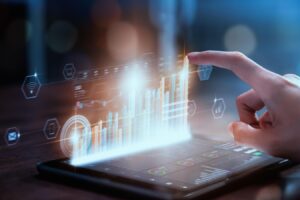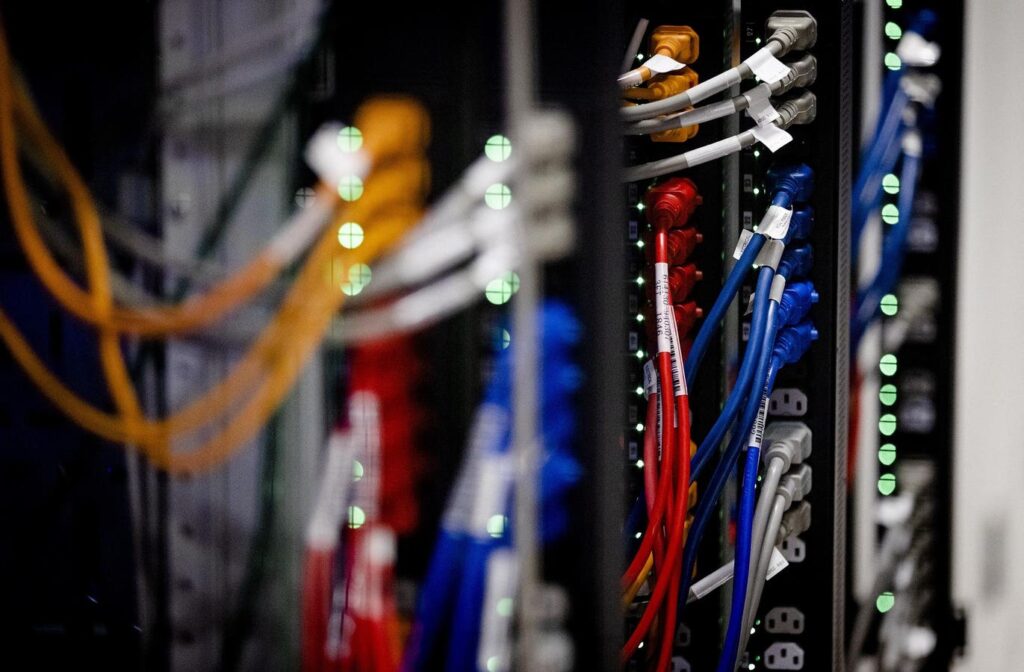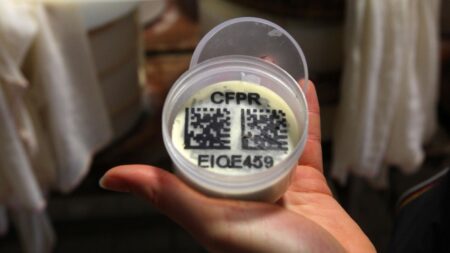Behind every intelligent system is a powerful mix of artificial intelligence (AI), machine learning (ML), and data science. Understanding how these technologies work together is key to unlocking their potential in finance, healthcare, retail, and beyond.
The Evolution of AI: From Rules to Reasoning
Artificial Intelligence, at its core, refers to machines that simulate human behavior and cognitive functions. The earliest AI systems were rule-based. Imagine a robot instructed to exit a room: “Walk two steps forward, turn left, walk three more steps.” These kinds of commands rely on pre-programmed logic—rigid, predictable, and effective for limited tasks. Classic examples include early chess computers that followed decision trees with pre-determined strategies.
But real intelligence doesn’t just follow rules—it adapts. That’s where machine learning comes in.
Machine Learning: The Future
Machine learning marked a paradigm shift. Rather than relying on explicit programming, ML systems learn from data. For example, spam filters today don’t just block emails containing the word “lottery.” Instead, they analyze thousands of signals from millions of examples to improve over time.
Deep learning takes this a step further. Using artificial neural networks inspired by the human brain, these models process vast datasets to perform complex tasks—such as image recognition, voice transcription, and real-time translation—with remarkable accuracy.
At the frontier lies Generative AI. Unlike previous models that analyze existing content, generative AI creates entirely new material: text, images, music, even software code. Tools like GPT-4 and DALL·E exemplify how AI can be both analytical and creative.
The Role of Data Science: Making Sense of the Noise
So where does data science fit in? Think of data science as the connective tissue between AI technologies and real-world application. It’s the discipline of extracting insights and knowledge from structured data (like spreadsheets) and unstructured data (like emails, images, or sensor feeds).
Data science involves multiple stages: collecting and cleaning data, analyzing it for patterns, visualizing the findings, and applying them to solve problems. It also requires a blend of technical skills, mathematical understanding, and—most critically—domain expertise.
For example, a data scientist working in healthcare doesn’t just need to know how to build a model that predicts patient readmissions. They need to understand which predictions are clinically useful. A model that forecasts whether a patient will be readmitted in 15 years may be accurate—but it’s not actionable. A model predicting 15-day readmission, on the other hand, could directly influence post-discharge care.
The Democratization of Data Science
Until recently, data science was reserved for those with deep coding and mathematical expertise. Today, thanks to tools like TensorFlow, Keras, and low-code platforms, it’s possible to build sophisticated models with just a few lines of code—or even no code at all.
This democratization has broadened access to AI, allowing professionals with domain knowledge—but not necessarily a PhD in computer science—to contribute meaningfully to AI development. While technical skills still add value, they are no longer the gatekeeper.
You can have the most powerful model in the world, but if it’s not aligned with business needs, it’s not useful. Moreover, domain knowledge helps identify data anomalies. For instance, if a patient record says they are 300 years old, a savvy data scientist might recognize that the input was likely the birth year (e.g., 1725) entered incorrectly, not an actual age.
Machine Learning 101: How Models Learn
Training a machine learning model is a bit like teaching a child. Initially, the model knows nothing. It is exposed to training data—say, past home sales with variables like number of bedrooms, bathrooms, square footage, and final sale price.
The model starts making predictions (e.g., estimating the price of a house). When it’s wrong—and it usually is at first—it learns by comparing its output to the real price and adjusting its internal calculations. Over time, it becomes more accurate. The process is measured using metrics like “mean absolute error” (how far off the predictions are, on average).
In this scenario, price is the “dependent variable”—the outcome we’re trying to predict. The number of bedrooms, square footage, and other features are the “independent variables” or “inputs.”
Supervised vs. Unsupervised Learning
Most machine learning applications fall into two categories: supervised and unsupervised learning.
In supervised learning, the model learns from labeled data. For example, a dataset of home prices where each row includes the final sale price helps the model learn direct correlations. Within supervised learning, regression problems predict continuous values (like a house price), while classification problems predict discrete categories (like fraud/no fraud).
Unsupervised learning, by contrast, deals with unlabeled data. Instead of predicting outcomes, it finds hidden patterns. One common technique is clustering, which groups similar data points together. For example, clustering customer data might reveal natural groupings based on behavior, which can inform targeted marketing strategies.
Dimensionality Reduction: Seeing the Invisible
Real-world data often comes with many features—sometimes hundreds. Visualizing such data is a challenge. That’s where dimensionality reduction techniques like PCA (Principal Component Analysis) come in. They compress high-dimensional data into two or three dimensions so humans can better interpret it.
For example, word embeddings in natural language processing might represent each word in 200 dimensions. Projecting this into 2D space helps us visualize how words relate to each other semantically. Words like “increase” and “optimize” cluster together, while “book” and “story” form another group—capturing contextual meaning.
The Foundation: Data Systems and Engineering
None of this is possible without robust data systems. Whether you’re working with real-time stock data, hospital records, or weather sensors, the infrastructure to collect, store, and manage data is essential.
Data engineers play a crucial role here. They build the pipelines that extract, transform, and load data (ETL), ensuring it is clean, consistent, and ready for analysis. If the data isn’t reliable, the insights derived from it won’t be either.
At the top of the data science pyramid is decision-making. Whether it’s a business choosing to expand into a new market, a hospital deciding on treatment protocols, or a public policy team crafting regulations, data-driven insights are transforming how we make decisions.
But with great power comes great responsibility. While AI can automate tasks and uncover insights at unprecedented speed, human judgment is still essential—especially when it comes to ethics, context, and accountability.
Final Thoughts: A New Era of Intelligence
Artificial intelligence is no longer just a buzzword—it’s the engine driving competitive advantage across industries. Yet its success hinges on more than just algorithms. It requires clean data, thoughtful design, deep domain understanding, and a commitment to responsible use.
As the tools continue to evolve and barriers to entry fall, one thing is clear: the future won’t be built by AI alone. It will be shaped by the people who understand how to harness it.
For more on Forbes, check out: AI’s Growing Role In Financial Security And Fraud Prevention or Risk-Based Authentication: The Future Of Secure Digital Access.
Read the full article here











